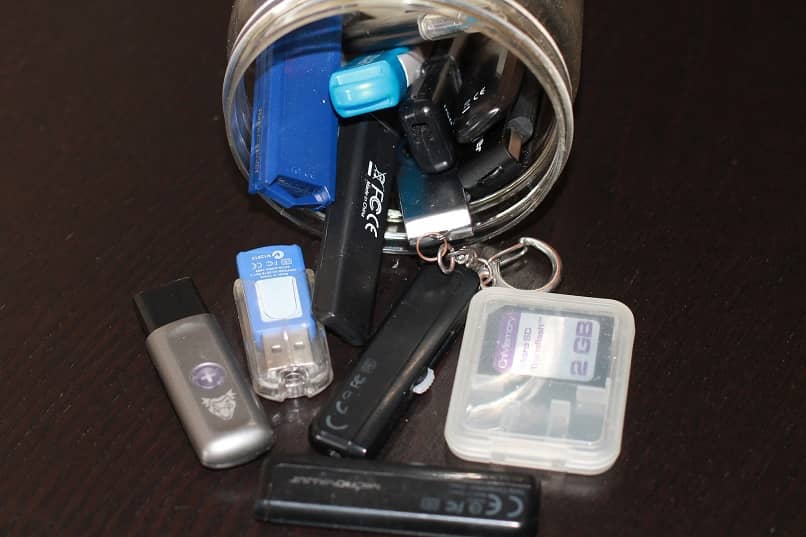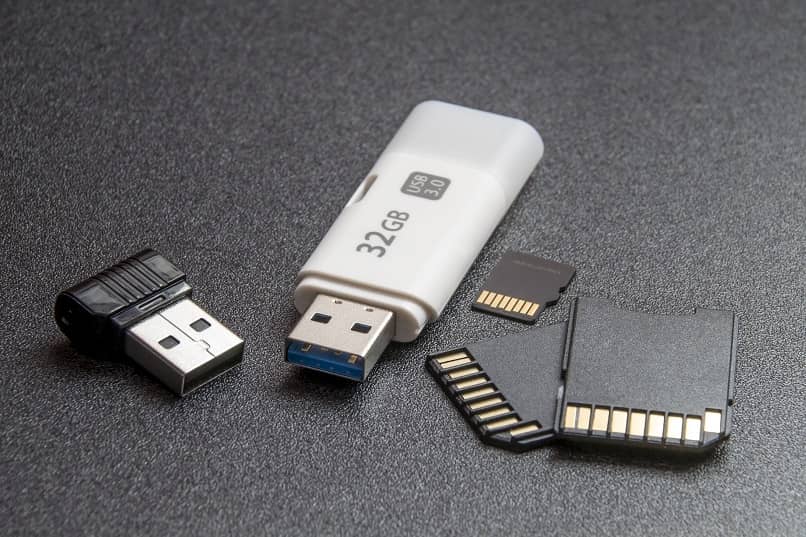Many people have needed to free up their memories due to lack of space or simply format them, as they have also resorted to the help of other storage devices to store their documents. File systems manage the memory of USB drives, they also allocate a space to documents, organizing and registering them in the necessary category.
These systems have advantages and disadvantages when using them, that is why it is important to know them and select the ones that best suit your needs. Among these we have:
- The Fat32 system is the oldest but concurrent with most file devices.
- The NTFS system is a replica of Fat32, used in Windows and very useful for external drives.
- The exFat system is an improvement on Fat32 as it has a larger dictionary size and can be used on Windows, GNU, Linux and others, but only for newer versions.

Next, we present different procedures to format a USB/Pendrive memory from CMD- Format Fat32, NTFS or exFat. To format and/or format USB drives and SD cards in Linux the procedure can be a bit different.
How to format a USB stick from a CMD?
Formatting a hard drive or USB stick immediately deletes all data. For this reason, it is important to mention that it is recommended to back up the information before proceeding with formatting through a backup copy of the content of your USB. The procedure to format from a CMD is easy and simple.
- If you have Windows 7, 8 or 10 type “cmd” in the search box.
- Then proceed to right click the mouse and choose the option “run as administrator”.
- A window will appear in it type “diskpart” press “enter”.
- Type “list disk” and accept the command on “enter”.
-
Check which disk owns your USB drive.
- Type “select disk” adding the number corresponding to the USB drive and press “enter”.
- Type “clean”. This will take a bit of time.
- Copy “create partition primary” and tap on “enter”.
- Then type “format fs=ntfs” and hit “enter”.
- Finally, type “assign” to set a new drive to the cmd drive.
Format a USB stick to NTFS
Hard drive or USB memory devices can be formatted in FAT32, NTFS, exFAT. When using them, some problems may occur due to low space or memory saturation. However, we will teach you how to format a USB memory to NTFS in this case.
- Open “File Explorer”.
- Insert the USB memory into the computer, it may open a pop-up window with the different options for automatic playback.
- From the “file explorer” locate the USB drive.
- Right-click on the storage unit, that way the outgoing menu of options will appear.
- Click on the “Format” option to take you to the internal Windows tool and you can execute the changes you want.
- Go to “File system”.
- Choose the new system you want to apply: NTFS.
- At last, click “start” to start the format.
Format a USB stick in Fat32
- Proceed to pair the USB stick with your device.
- Look closely at the letter of your drive, example “H”.
-
Open a CMD window with administrator permissions.
- Do this command by modifying the letter of the Unit “H:” by the character of the USB memory, that is: format /FS:FAT32 H:
- Hit the “Enter” option, wait for a while and then you will get the USB stick formatted in FAT32.
Another tool to format USB sticks in Fat32
If you are not an expert user of the command prompt, or simply for some reason you do not like to use it, you can go to another tool called Fat32 Format. Working with it is easy, free and allows you to format any type of USB memory to FAT32 regardless of its size. Take full advantage of this tool in the following ways:

- Start by downloading the app from the main web portal.
- Run it.
-
Select the letter of the drive that we want to format to FAT32
- Finally, by itself the program will do the rest.













